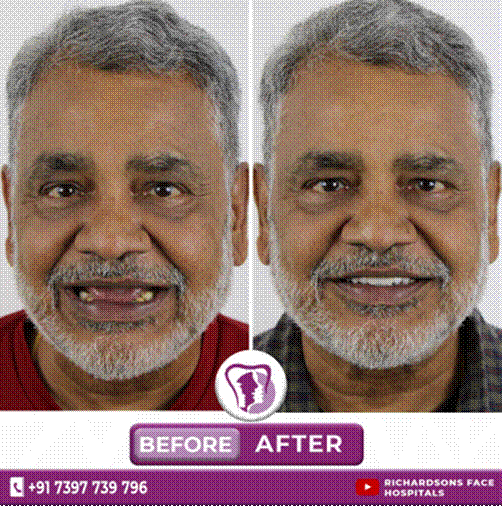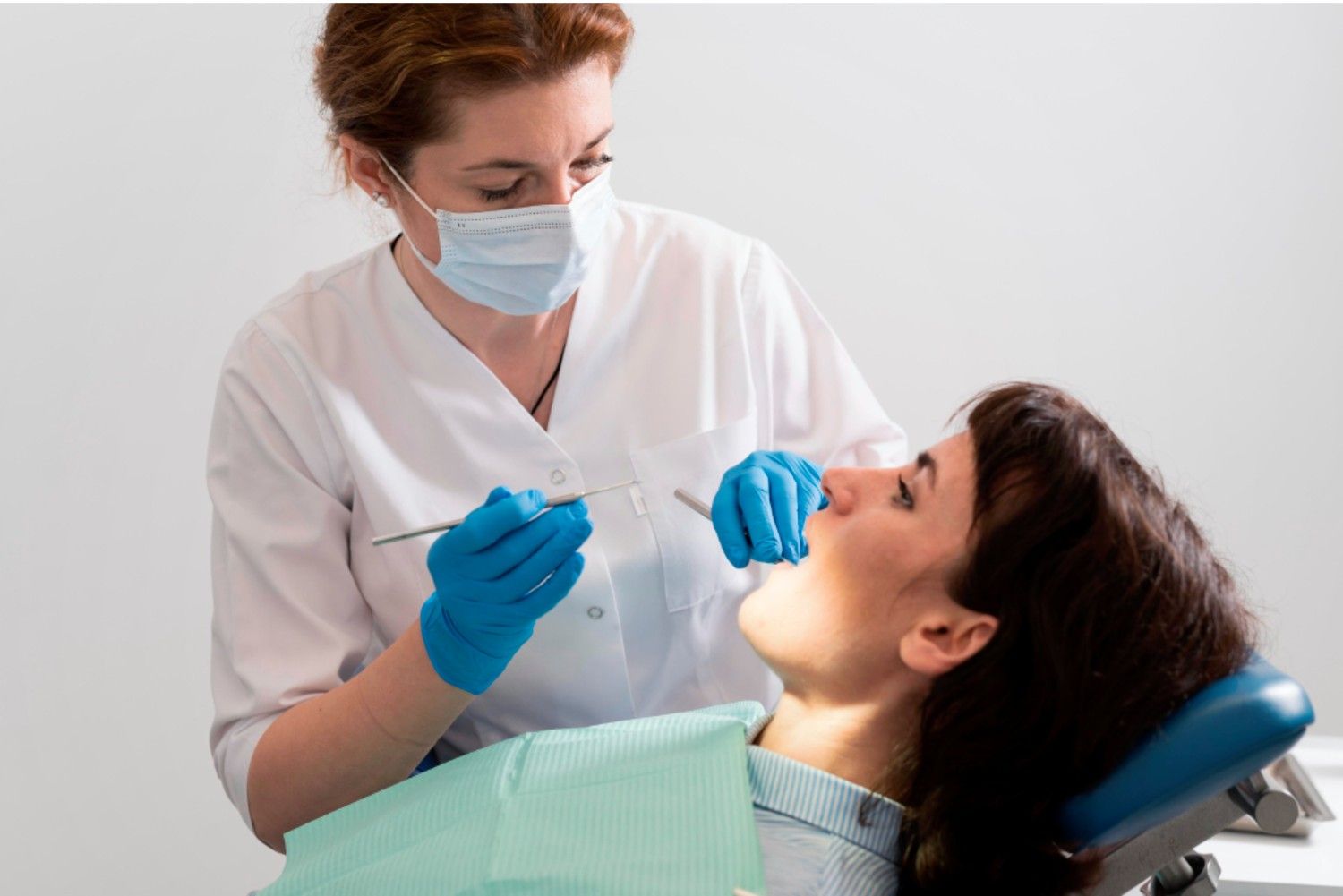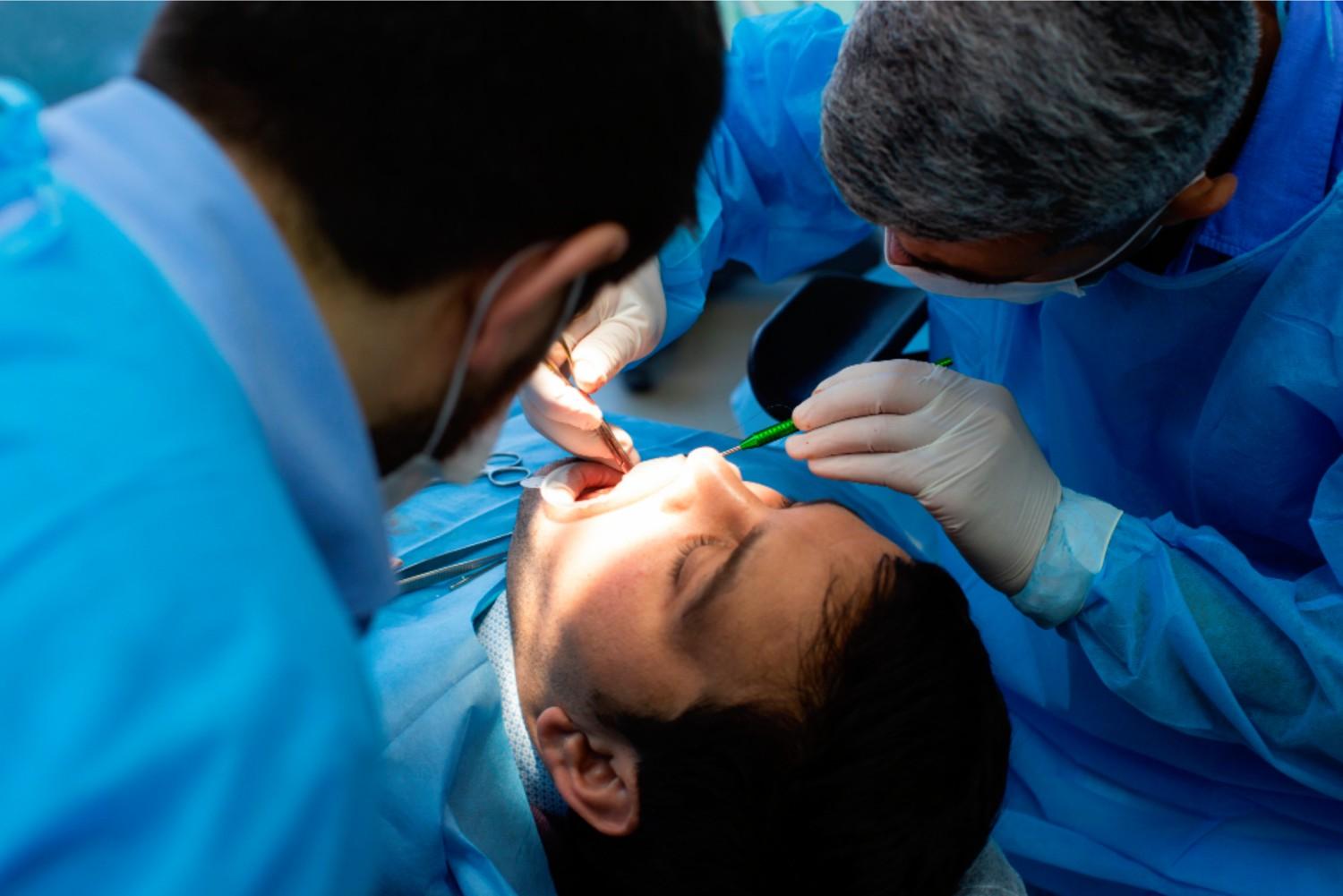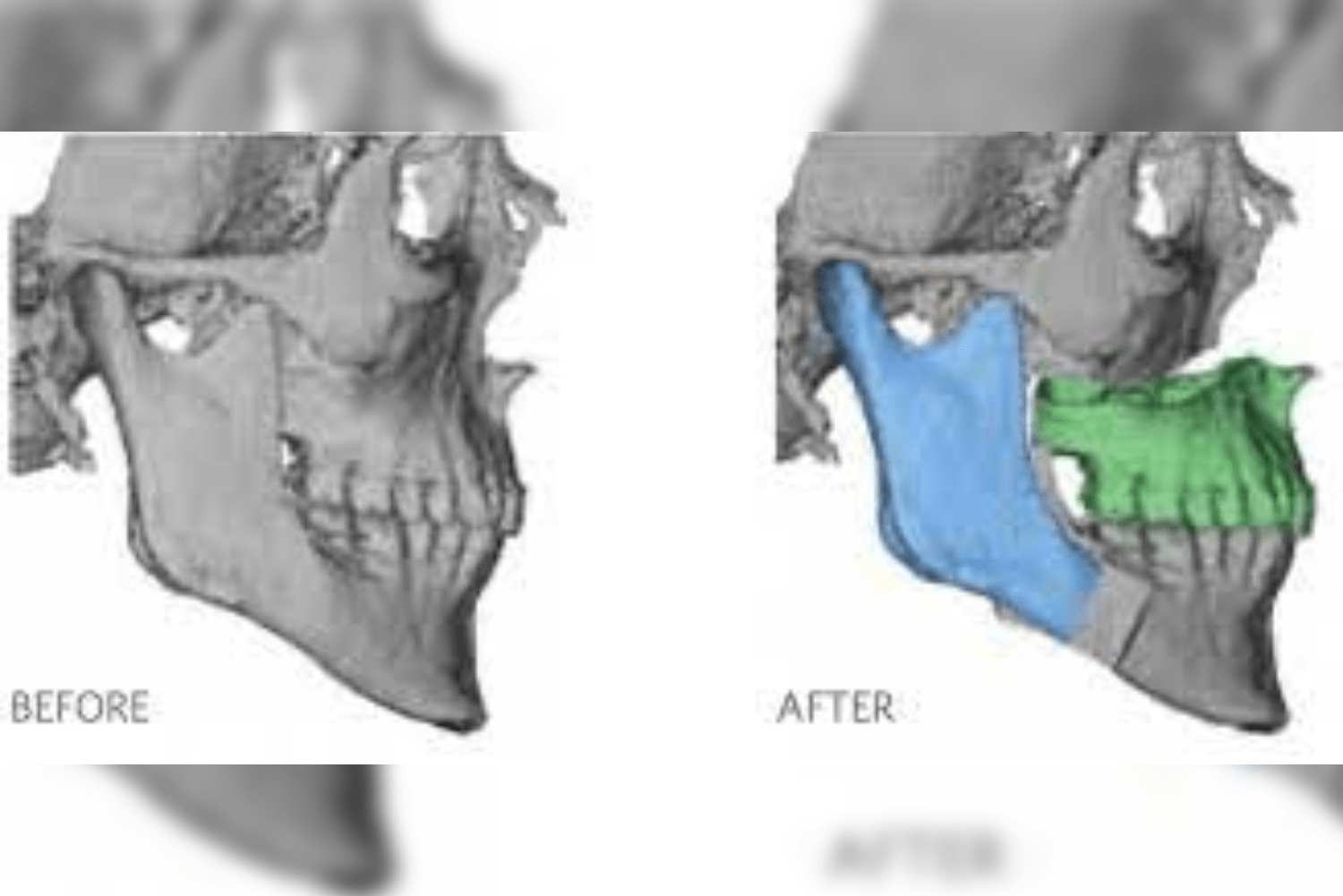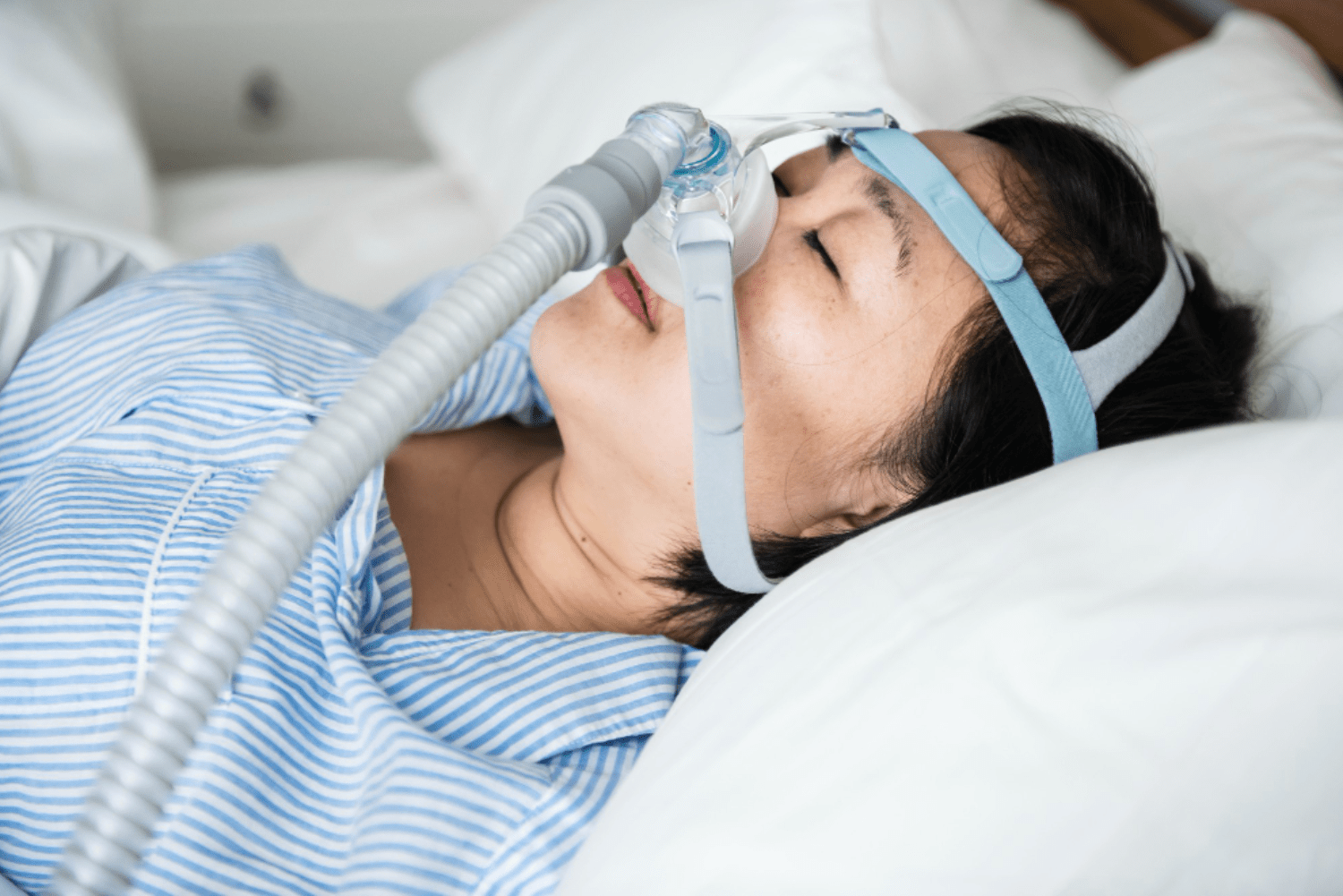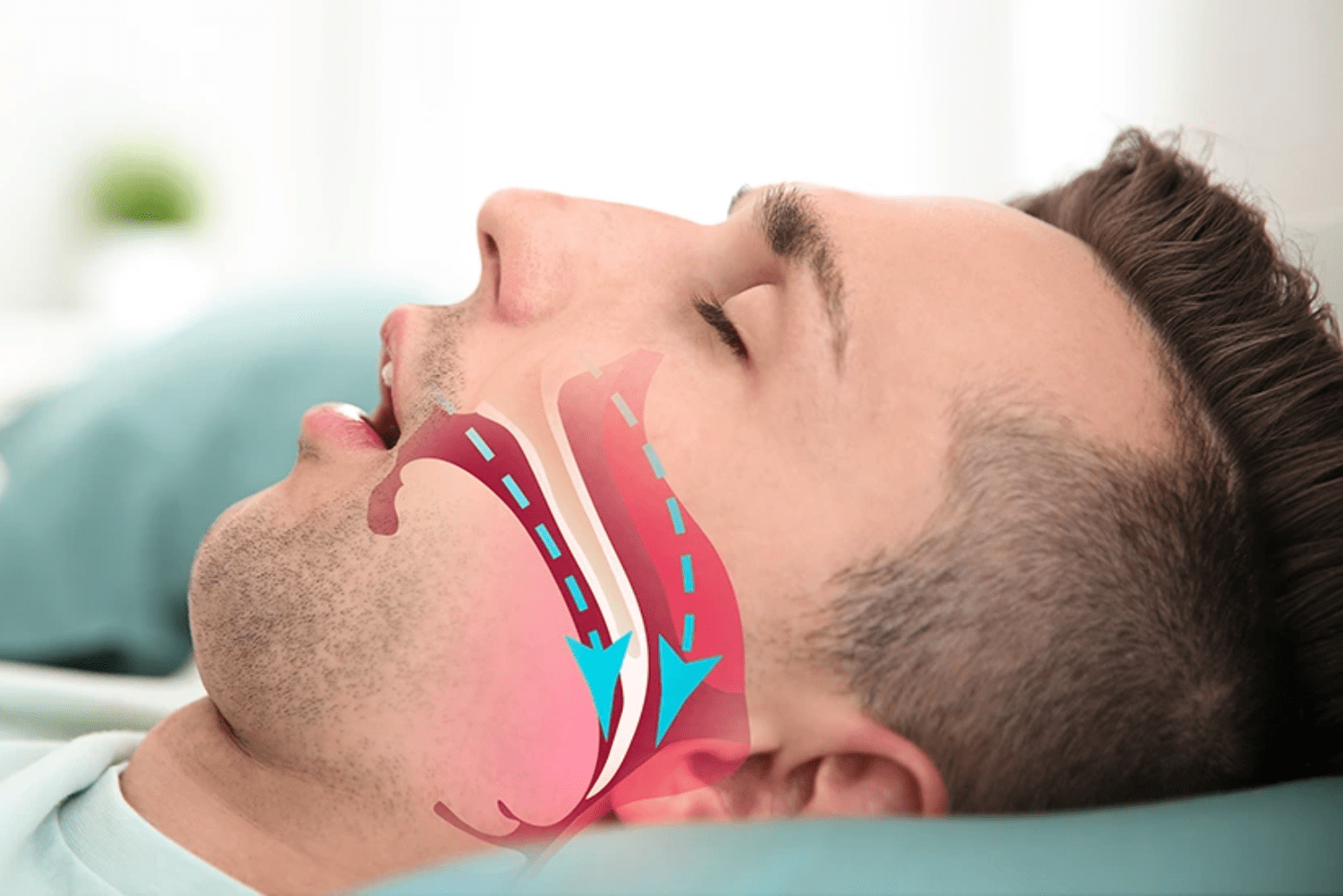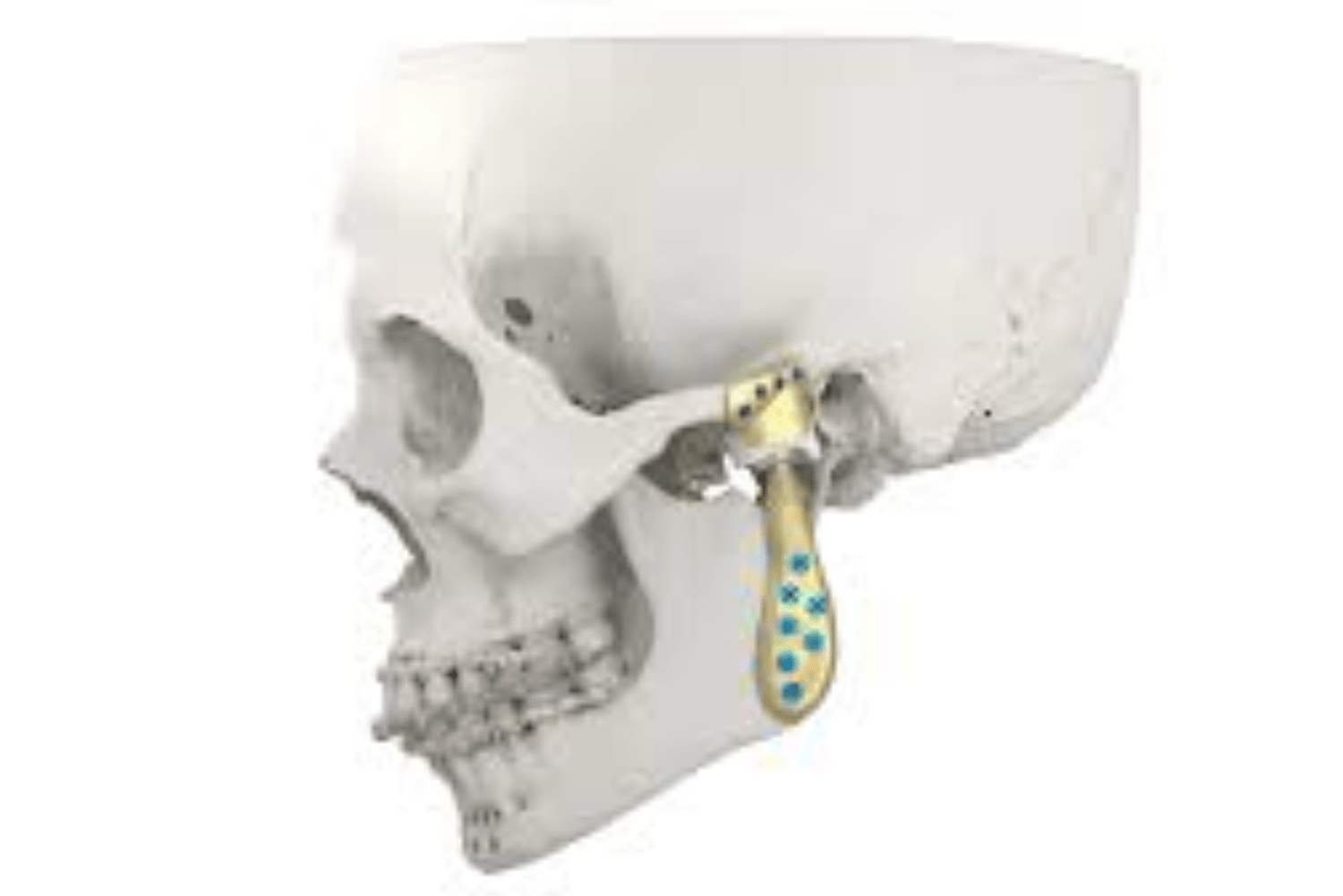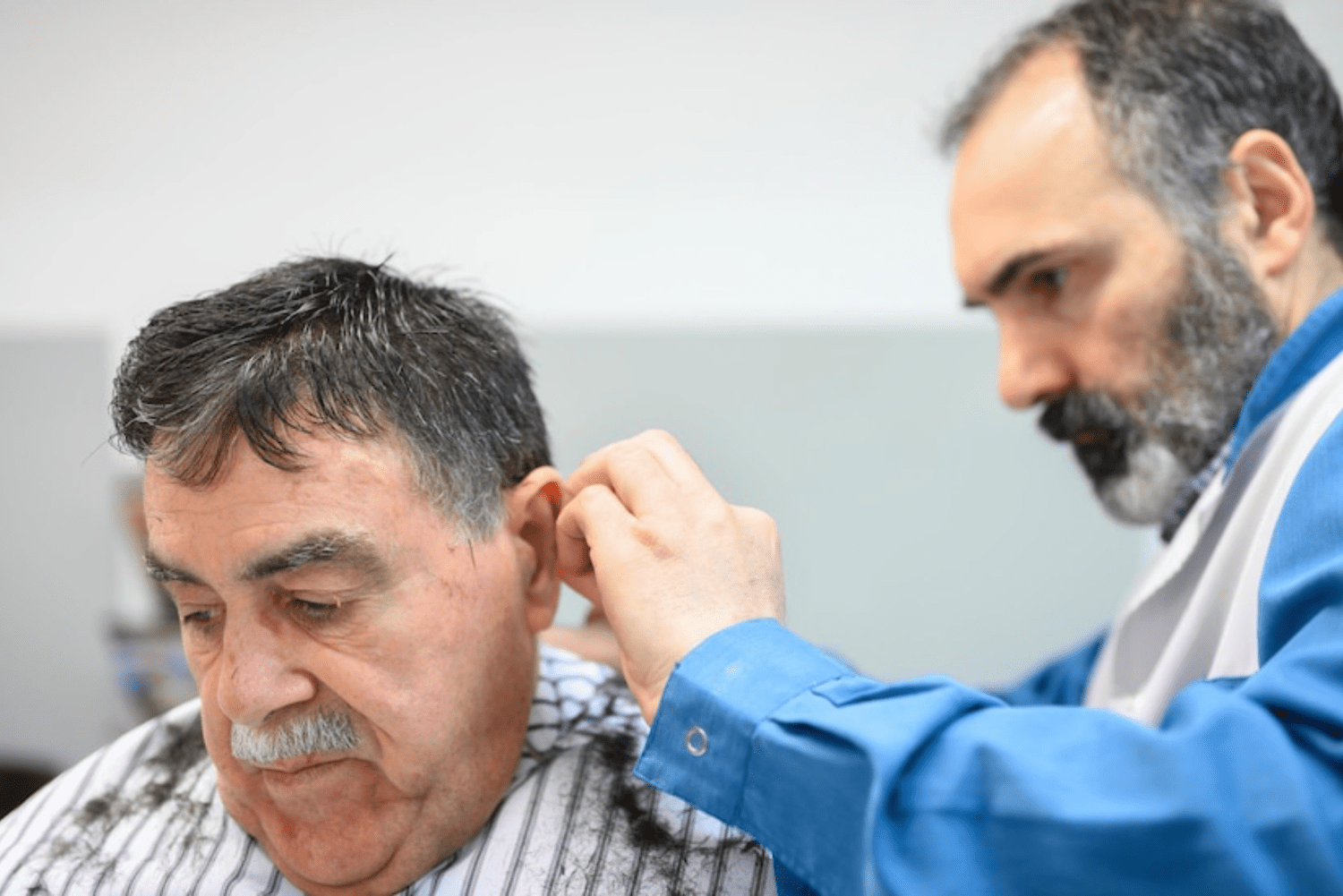Introduction-Zygomatic Dental Implants
Zygomatic implants are dental implants inserted deep into your upper jaw for the rehabilitation of the atrophic maxilla/upper jaw different from the conventional dental implants.
These implants avoid additional bone grafting and upper jaw sinus lift procedures and therefore contribute to a shorter and more comfortable treatment, hence being preferred by many patients around the world. They are longer than ordinary dental implants and engage the very strong bulk of bone that forms the cheekbone.

Zygomatic implants can be used as an alternative to complex bone grafting operations, making it possible to carry out surgery in just one simple stage.
When does one need Zygomatic Implants?
For the totally resorbed maxilla, when placement of normal dental implants is not possible. This concept can be expanded by inserting two or four zygomatic implants in the upper jaw depending on the amount of bone loss.

Fig: Two Zygomatic implants in the posterior jaw and conventional implants in the anterior jaw
Zygomatic Implants vs Dental Implants
There are normal dental implants and there are zygomatic dental implants.
Our surgeons will ask you to go for zygomatic dental implants because those implants are different from conventional dental implants in that they anchor into the zygomatic bone (cheekbone) rather than the Maxilla.
The Zygomatic implants are seen as better than conventional dental implants in ways such as better load-bearing, more efficiency in chewing, giving an overall fullness to your upper jaw and middle face, thereby giving esthetically superior results and is especially preferred over conventional implants when there is no bone left in the upper jaw .
Zygomatic Implants vs Conventional Dentures
Conventional dentures are a common treatment option but when there is significant amount of bone loss (due to long standing absence of teeth and multiple other uncontrollable reasons like ageing etc), they may not meet functional, psychological and social needs of the individual. Moreover, it might be extremely difficult and in some cases- nearly impossible- for your Dentist to give you a conventional denture.
In these situations, zygomatic implants are preferred where they take support from the cheek bone.
Who can get a Zygomatic Implant?

Fig: Totally atrophied maxilla/ presence of complete bone loss in the maxilla as shown in our patient’s OPG scan
- Complete absence of teeth in the maxilla, when the posterior region called the alveolar crest has been resorbed/lost to such an extent that additional implants would require support of grafts
- End of the line treatment after failed implant treatment or failed graft
- Maxillectomy cases, i.e cases where in the upper jaw has been surgically removed in cases of cancer or any other disease
They may be used when maxillary bone (upper jaw) quality or quantity is inadequate for the placement of regular dental implants.
Further reasons for these implants include failed conventional dental implant placement, failed sinus augmentation or grafting procedures, rehabilitation after tumour resection and trauma surgery resulting in secondary deformity.
Who cannot get a Zygomatic Implant?
Patients having:
- Acute sinus infection
- Maxillary/zygoma pathology
- Underlying uncontrolled/malignant systemic disease
Clinical Technique
The type of implants attach to the area of the jawbone close to the zygoma/cheekbone. After the surgery, temporary teeth can be fixed quite soon.

Fig: Temporary denture delivery 15 days after surgery
The common recovery time after this procedure may take a few months.
After this time, a final restoration can be applied to completely finish the operation.
Two or four of these implants can be used in patients with severe maxillary atrophy as an alternative to bone grafting to reconstruct the Maxilla. This approach is used as the first line of treatment or as a rescue solution for failed implants and severe bone loss.
The quad (4) zygoma surgical procedure is technique sensitive and requires advanced surgical skills- something which is also done at our centre.
Considerations after the procedure
Mild pain and discomfort is possible after the procedure, as is with any other surgery.
Some swelling may also be apparent for a few days after the surgery. But it is worth noting that our surgeons will be providing you with all the necessary medications, especially painkillers to ensure a pain-free and comfortable recovery.
Following all instructions given by your surgeon and not meddling with the surgical site is what is expected from you.
Precautions to be taken
If you happen to be a long-term diabetic patient or have any other serious medical co-morbidities, zygomatic implant planning might be challenging but not entirely impossible.
It is generally advised to quit smoking before undertaking the surgical procedure.
Prosthetic Considerations
When it comes to prosthetic rehabilitation, there are not many differences between fixed prostheses on regular implants and a fixed rehabilitation using zygomatic anchorage because the emergence of the crowns fixed to both types of the implants is almost similar.
A fixed prosthesis splints all the implants avoiding relative motion of the inserted implants. Originally, a two-stage approach was used. Today it is quite common to fix prosthetic teeth quite early on, almost immediately after implant placement.
Our team ensures to give natural-looking crowns to our patients which are quite superior in their esthetics and resemble natural teeth in every way and form.


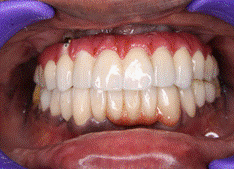
Fig: Different steps of fixed prosthesis fabrication : a) Jig trial impression b) metal framework trial c) final prosthesis insertion
Prognosis
If done properly and meticulously by a qualified and experienced Oral and Maxillofacial surgeon, these implants have very high success rates.
Its overall esthetic and functional outcome is unmatched.
The prognosis and longevity of the implants is directly dependent on the quality of implant used hence it is advised to follow your Surgeon’s instructions and get only the best-quality implants for yourself.
Complications
The most common complication associated with zygomatic implants is sinusitis.
Appropriate pre-surgical diagnostics and evaluation of the sinus seem to reduce or even eliminate this complication.
Other complications reported during and after the insertion of these implants include nerve paresthesia or a sinus or fistula formation.
What to keep in mind before getting a Zygomatic Implant?
These types of dental implants can be placed only by experienced and well-qualified Oral and Maxillofacial surgeons/trained Implantologist.
Risks are minimal given the expertise of surgeons and advanced technology used.
With a precise treatment plan, we can increase the success rate of these Implants.
However, it is the most aggressive form of surgery in dental implantology, hence post-operative swelling is quite common in case of zygomatic implants and proper care and follow-up is of paramount importance.
Although Zygomatic implants are considerably longer than conventional implants, the treatment is very similar from the patient’s perspective.
Workflow for Full Mouth Zygomatic Rehabilitation
| Step | Description |
| 1. Diagnosis & Planning | Clinical exam, CBCT scan, intraoral scans, facial esthetic analysis, occlusal planning |
| 2. Surgical Phase | Placement of zygomatic (± anterior implants) – usually under sedation or GA |
| 3. Immediate Prosthesis | Regular hygiene visits, screw checks, and occlusal adjustments |
| 4. Healing Phase | 3–6 months of osseointegration; monitoring of soft tissue healing |
| 5. Definitive Prosthesis | Final screw-retained bridge using CAD/CAM technology (zirconia or titanium/acrylic) |
| 6. Maintenance | Regular hygiene visits, screw checks, occlusal adjustments |
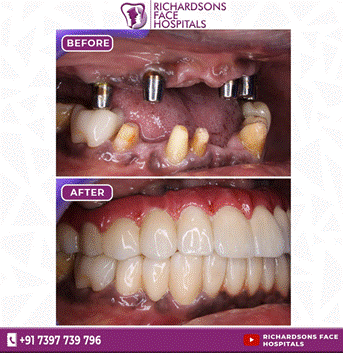
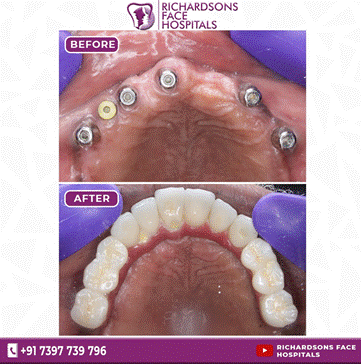
Fig: A case of Zygomatic implant rehabilitation
